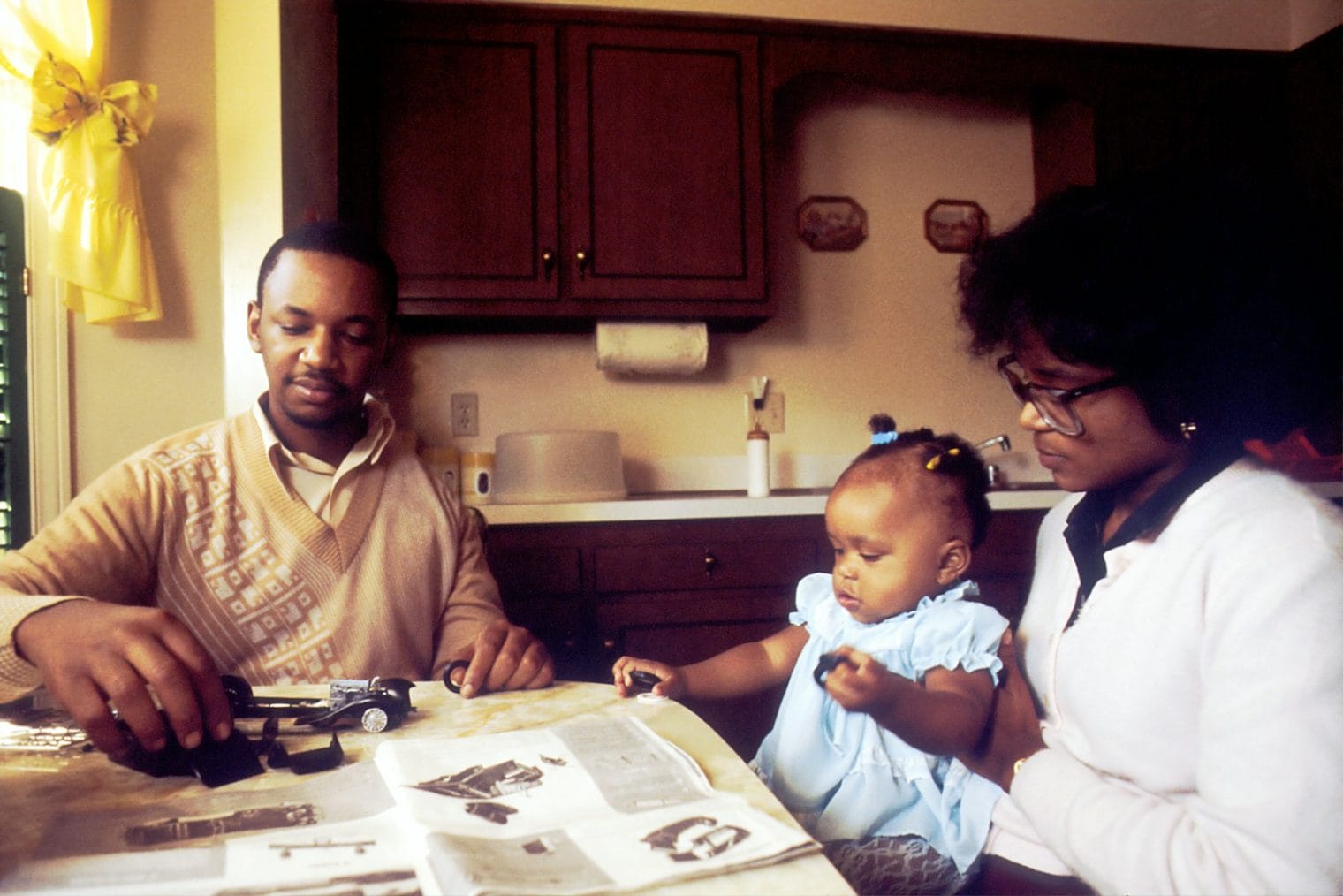This article was written by Tchiki Davis, Ph.D. and originally posted at Psychology Today.
Boosting emotional well-being is not about stopping or avoiding emotions. Emotions are a normal and necessary part of life. Emotional well-being comes from enhancing emotional awareness, emotion regulation, and emotional recovery. That means increasing emotional well-being is entirely possible. Here are some ways to do it:
1. Practice emotional awareness
Emotional awareness often emerges from engaging in self-reflection: What are we feeling? Why are we feeling these things? And, what might help us stop feeling these things? When we’re not aware of our emotions, we may engage in behaviors that hurt our emotional well-being. But, when we pay more attention to our emotions, we’ll begin to learn which situations, people, or thoughts affect our emotions and as a result, we can take actions that help us have more enjoyable emotions.
2. Practice mindful acceptance
Mindfulness involves emotional awareness but it also includes emotional acceptance. Emotional acceptance is when we experience emotions without judging. This helps prevent the development of secondary negative emotions. For example, if you feel guilty about feeling angry, then guilt is a secondary emotion. Acceptance of our negative emotions helps prevent these extra negative emotions from emerging. To practice acceptance, try to let your emotions come and go without labeling them as good or bad. Just let them be. This skill can be cultivated using mindfulness meditation.
3. Refocus your attention
Another emotional well-being strategy involves re-directing your attention away from the bad things and towards the good things. For example, if we’re focusing on the worst things in our lives or a situation, we might shift our attention to focus on the good parts. It’s easier said than done, I know, but research shows that training ourselves to focus on neutral stuff instead of threatening stuff can reduce anxiety (Amir et al., 2009).
4. Practice reappraisal
Reappraisal is an emotion regulation strategy that involves reinterpreting a stressful situation in a more positive light. As a result, we feel better, and over time, can see boosts in emotional well-being. You can practice reappraising situations by listing things that are good in different situations—for example, how is this an opportunity to grow, what did you learn, and what are the good parts? Reappraisal is a skill, so the more you practice it, the easier it can become.
To read the rest of this article, check out Psychology Today.





Leave a Reply